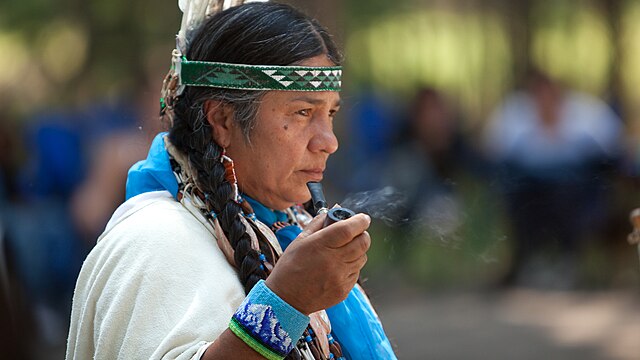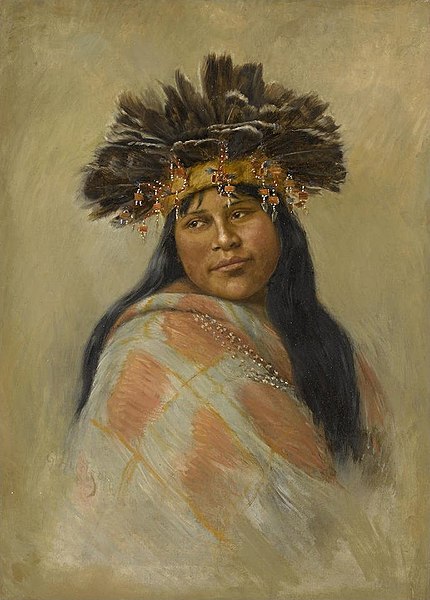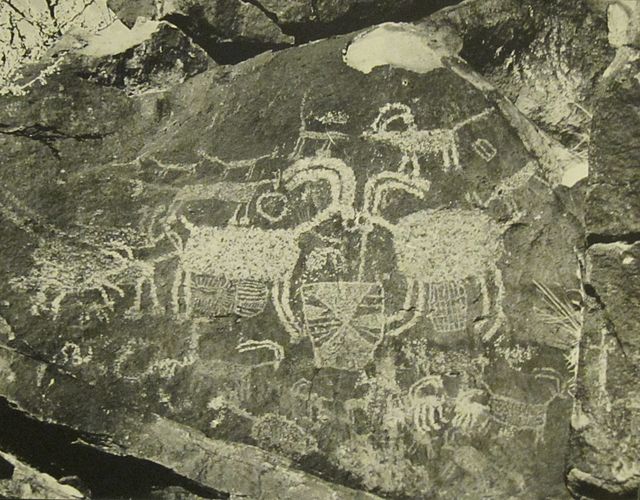The California genocide was a series of systematized killings of thousands of Indigenous peoples of California by United States government agents and private citizens in the 19th century. It began following the American Conquest of California from Mexico, and the influx of settlers due to the California Gold Rush, which accelerated the decline of the Indigenous population of California. Between 1846 and 1873, it is estimated that non-Natives killed between 9,492 and 16,094 California Natives. In addition, between several hundred and several thousand California Natives were starved or worked to death. Acts of enslavement, kidnapping, rape, child separation and forced displacement were widespread. These acts were encouraged, tolerated, and carried out by state authorities and private militias.
"Protecting The Settlers", illustration by J. R. Browne in The Indians Of California, 1864
Estimated native California population based on Handbook of the Indians of California (1925) (Cook 1978)
National Park Service information sign at the Presidio of San Francisco describing the California genocide.
Indigenous peoples of California
Indigenous peoples of California, commonly known as Indigenous Californians or Native Californians, are a diverse group of nations and peoples that are indigenous to the geographic area within the current boundaries of California before and after European colonization. There are currently 109 federally recognized tribes in the state and over forty self-identified tribes or tribal bands that have applied for federal recognition. California has the second-largest Native American population in the United States.
Winnemem Wintu chief Caleen Sisk in 2009
A Pomo dancer by Grace Hudson
The Coso Rock Art District in the Mojave desert contains about 100,000 petroglyphs.
A reconstruction of a traditional Yurok plank house.







